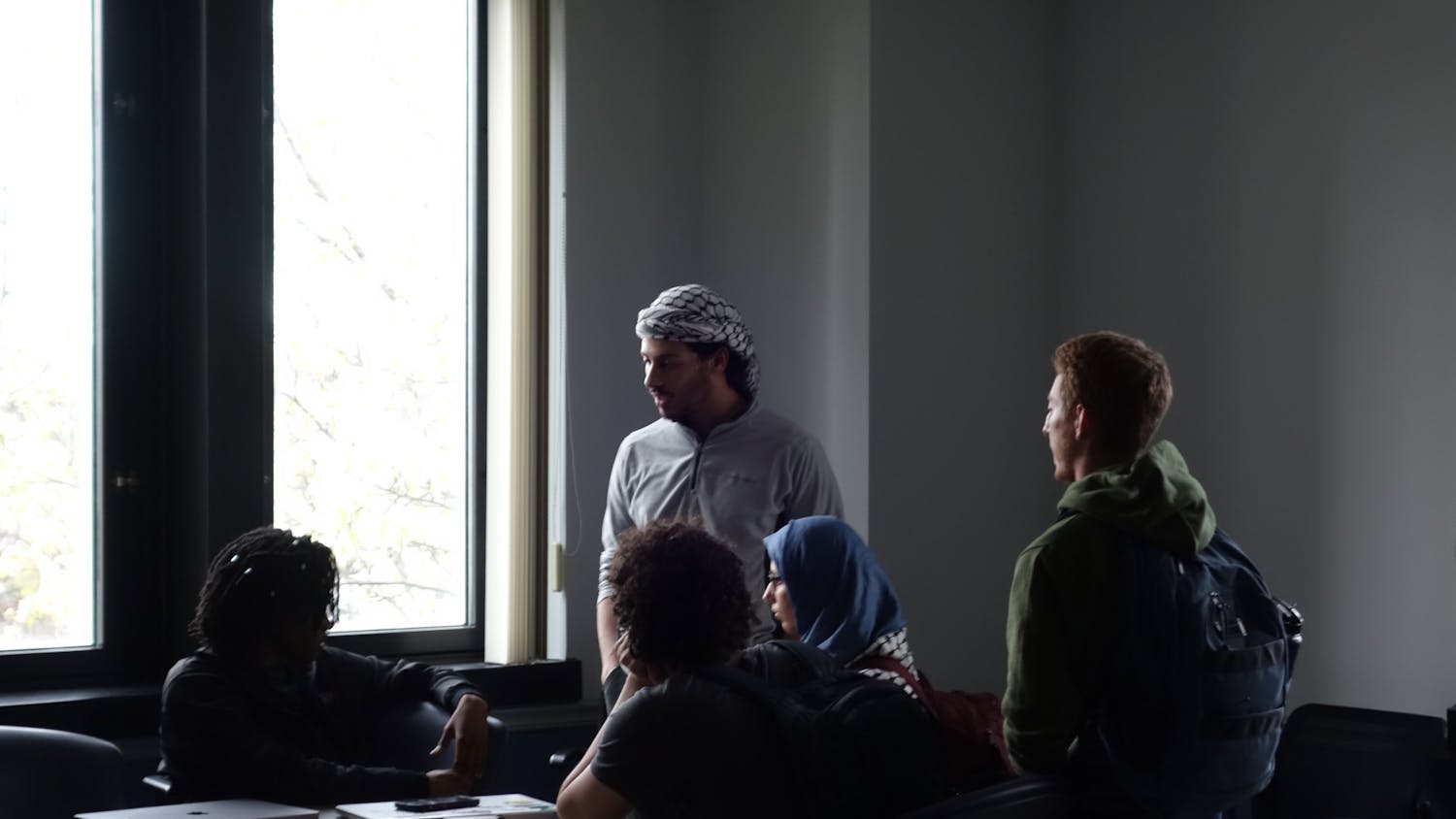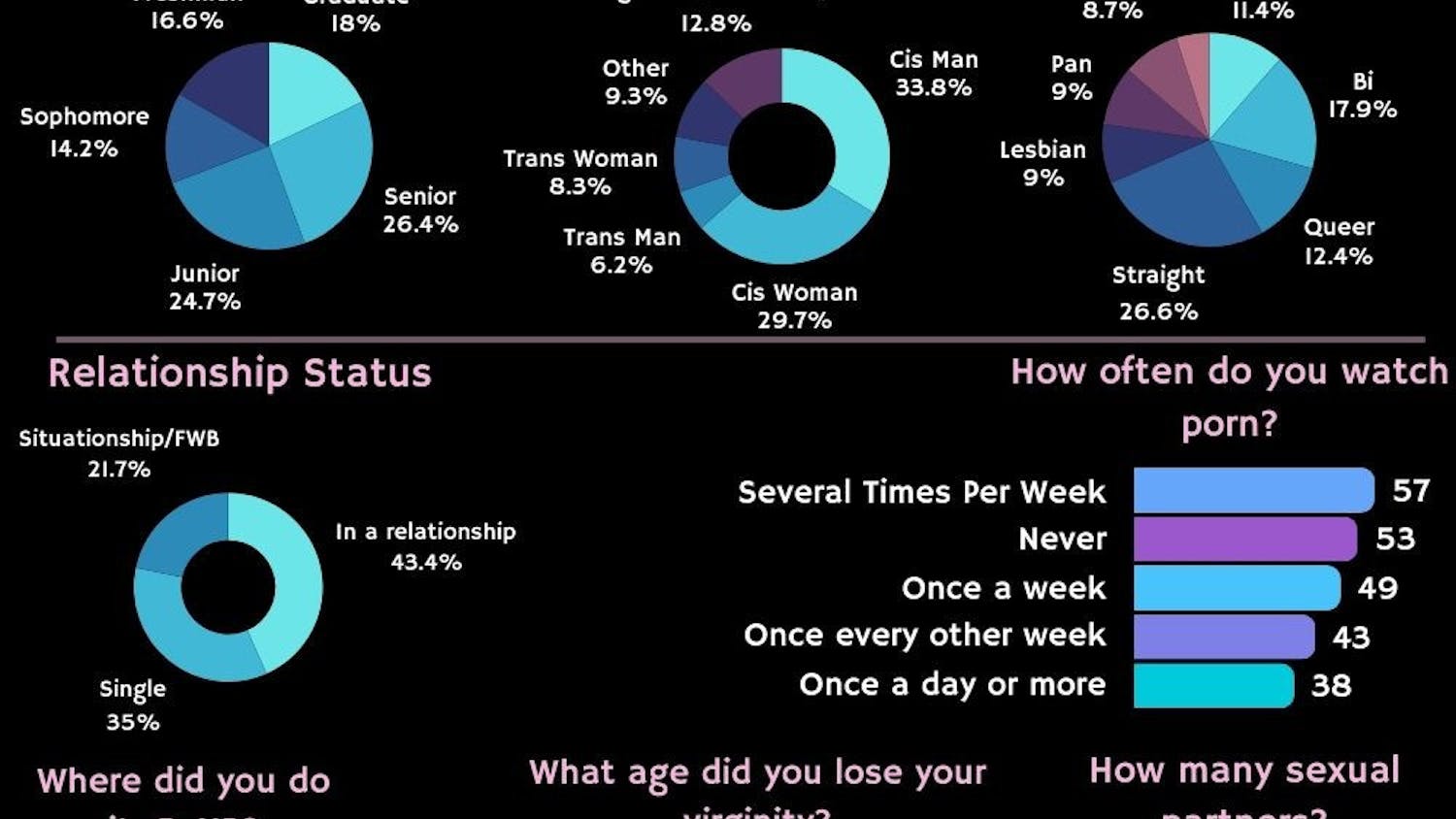Let’s just get this out of the way.
This is the column where I come out in support of “The Human Centipede.”
After studying film for four years, I support its right to exist, people’s right to view it, to be critical of it, but most of all I support how director Tom Six was able to cross the line of the type of content that succeeds in the horror genre.
The 2009 film explores the story of a modern mad scientist, except instead of trying to take over the world, he wants to surgically connect people mouth-to-anus. Simple, right?
But, of course, I’m not going to deny that the mere thought of being force-fed someone else’s s--t, while experiencing the physical torture of having your lips removed and sewn into someone else’s anus would cause a physical reaction. I’m not a crazy person. It’s completely valid to be utterly disgusted by this movie, but that’s the point.
Following its theatrical announcement, the film immediately garnered the attention of everyone in a 2-million-mile radius. Some people couldn’t wait to see it, more people adamantly did not. Some wanted it outright banned and some even sent the director death threats.
But jumping on the censorship bandwagon should not have been the unanimous response.
“The Human Centipede” trilogy, while gruesome and difficult to watch, is still art. The films shouldn’t be banned just because people feel uncomfortable with them.
The first two films capitalize off the markers of horror; a tightly formatted combination of shot framing, an impressive soundtrack and strong performances from the small casts. The third film takes a different angle to the popularity of self-aware horror like the cultural sensation “A Cabin in the Woods.”
But maybe I’m biased.
I spent my adolescence exploring horror, beginning with the iconic “Goosebumps” series, and have always respected the genre’s innovation. But within the last few years, there has been a steady decline in the quality of horror films backed by major production companies.
It’s hard to watch trailers for another Blumhouse release starring Lucy Hale and it’s hard to admit that these are the films that are profiting over better, more gruesome works.
The horror genre has been around since the very creation of film. Some people like to be scared. This is why cheap jumpscares are so prominent throughout the genre.
But some filmmakers don’t want to explicitly show blatantly scary elements for the sake of an adrenaline pay off. They want to explore the depths of building tension with disturbing visuals.
Everyone is familiar with zombies, possessions, slashers and monster flicks, but –– aside from the “Saw” or “Hostel” series –– few are familiar with the growing trend of bodily horror. The genre often consists of scenes showing extreme physical violence and torture, coupled with the ever-increasing quality of practical effects and CGI. But unlike slasher or supernatural horror, these films tend to have a certain level of thoughtfulness and plot justification behind its action, rather than violence for the sake of violence.
But these various levels of plot formation often go ignored.
Many of these pseudo-film critics viewed “The Human Centipede” as nothing more than a blip on the timeline of cultural relevance. Many theatergoers and critics alike assumed the film’s sole purpose was to cause outrage.
Yet unlike its B-list, dark-comedy style predecessors, the original film took itself completely seriously. At no point did the film’s tone fray into anything other than confident and disturbing, which only improved in the second film. In contrast to this new era of outrageously self-aware cash-grabs like the “Sharknado” or “Rubber,” Six’s filmmaking equates to other leaders of the disturbing, bodily horror genre.
The implication of bodily harm and death is present across nearly the entire horror genre, but many new filmmakers choose to test the limits of what can be shown on screen, especially in the U.S. market.
And “The Human Centipede” is a prime example of that.
Yet despite the effort and quality filmmakers put into the genre, it still faces a different set of barriers than other horror installments.
A24 has found success with “Midsommar” and “Hereditary,” which include scenes with extreme violence and bodily harm. But for every nuanced, artistic exploration is another Blumhouse film. It’s much easier to sell another date-night, predictably forgettable film than it would be to pitch a film based around bodily horror.
Films like “Salò, or the 120 Days of Sodom,” “Martyrs” and, yes, even “A Serbian Film” are all known as the faces of the subgenre, and despite accolades like Criterion rerelease, they are not well known.
But everyone and their mother knows about “The Human Centipede,” and it deserves to get more respect in the industry.
Samantha Vargas is the opinion editor and can be reached at samantha.vargas@ubspectrum.com and on Twitter @SamMarieVargas

Samantha Vargas is the senior features editor, an English/film studies double major with a minor in media study. She spends her free time finding shows around Buffalo and hanging out with her cat.





